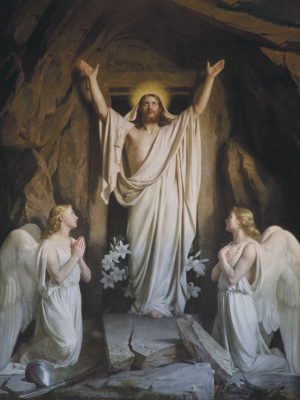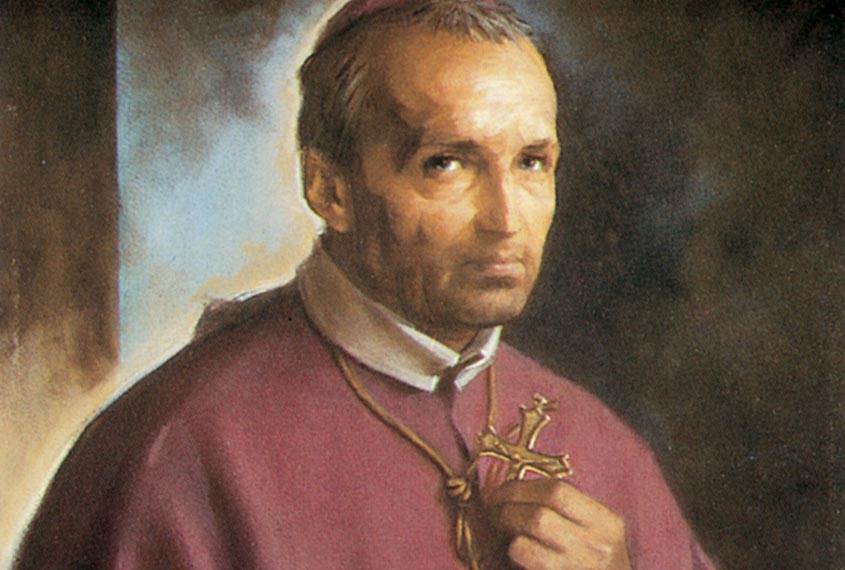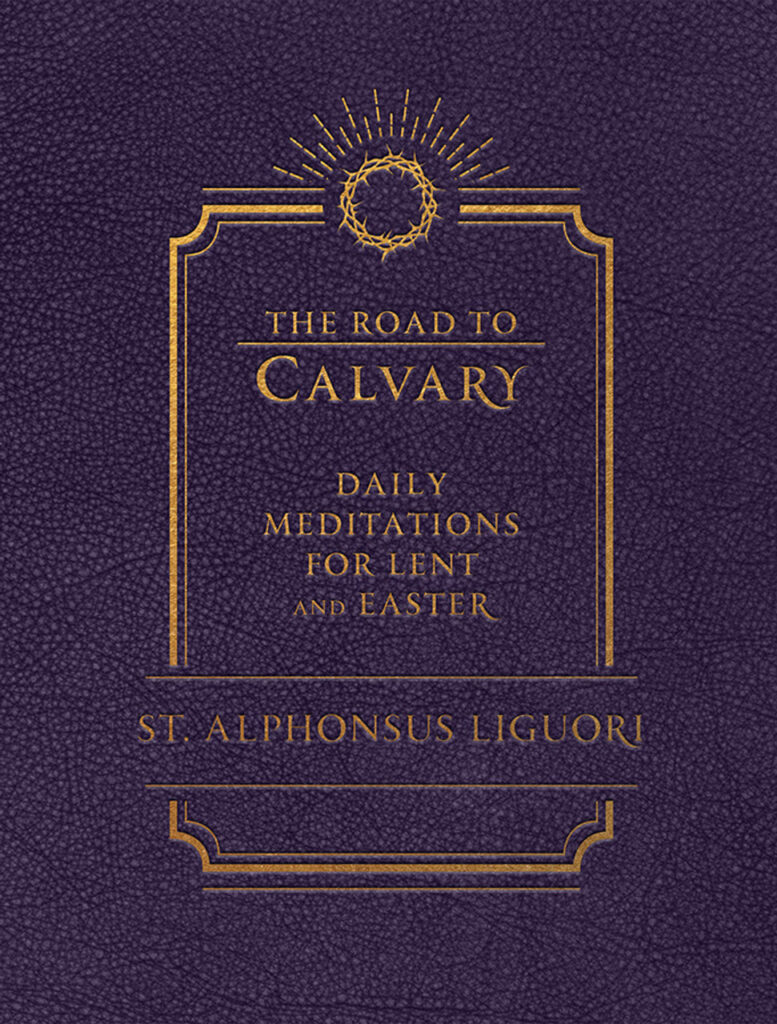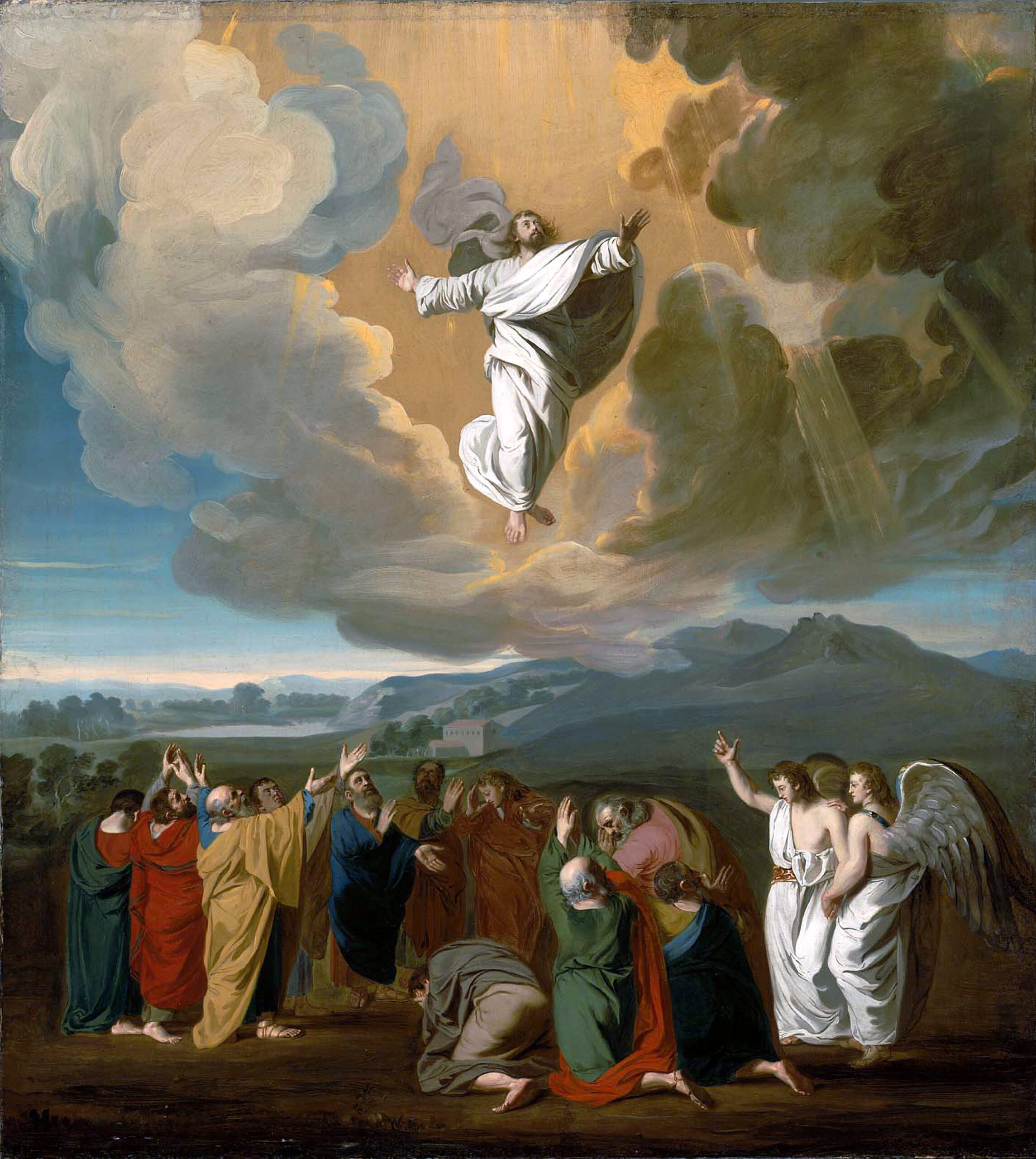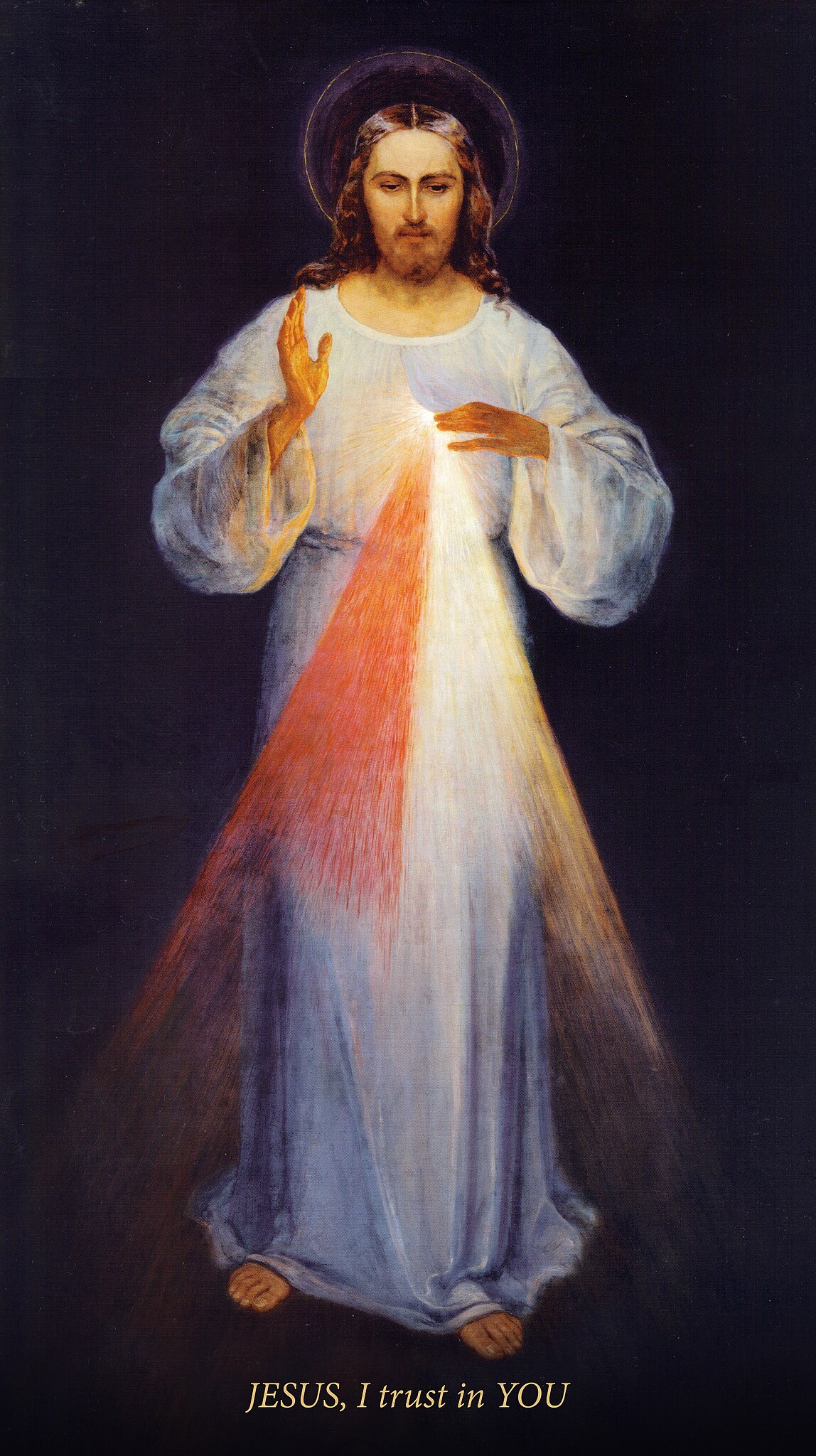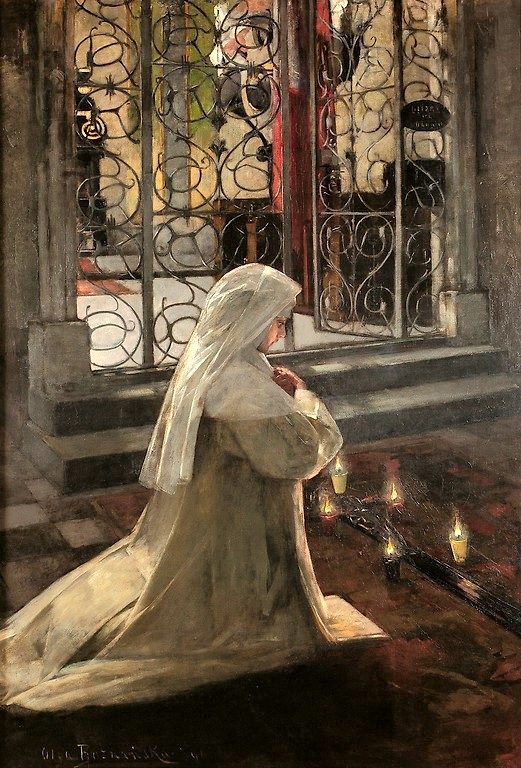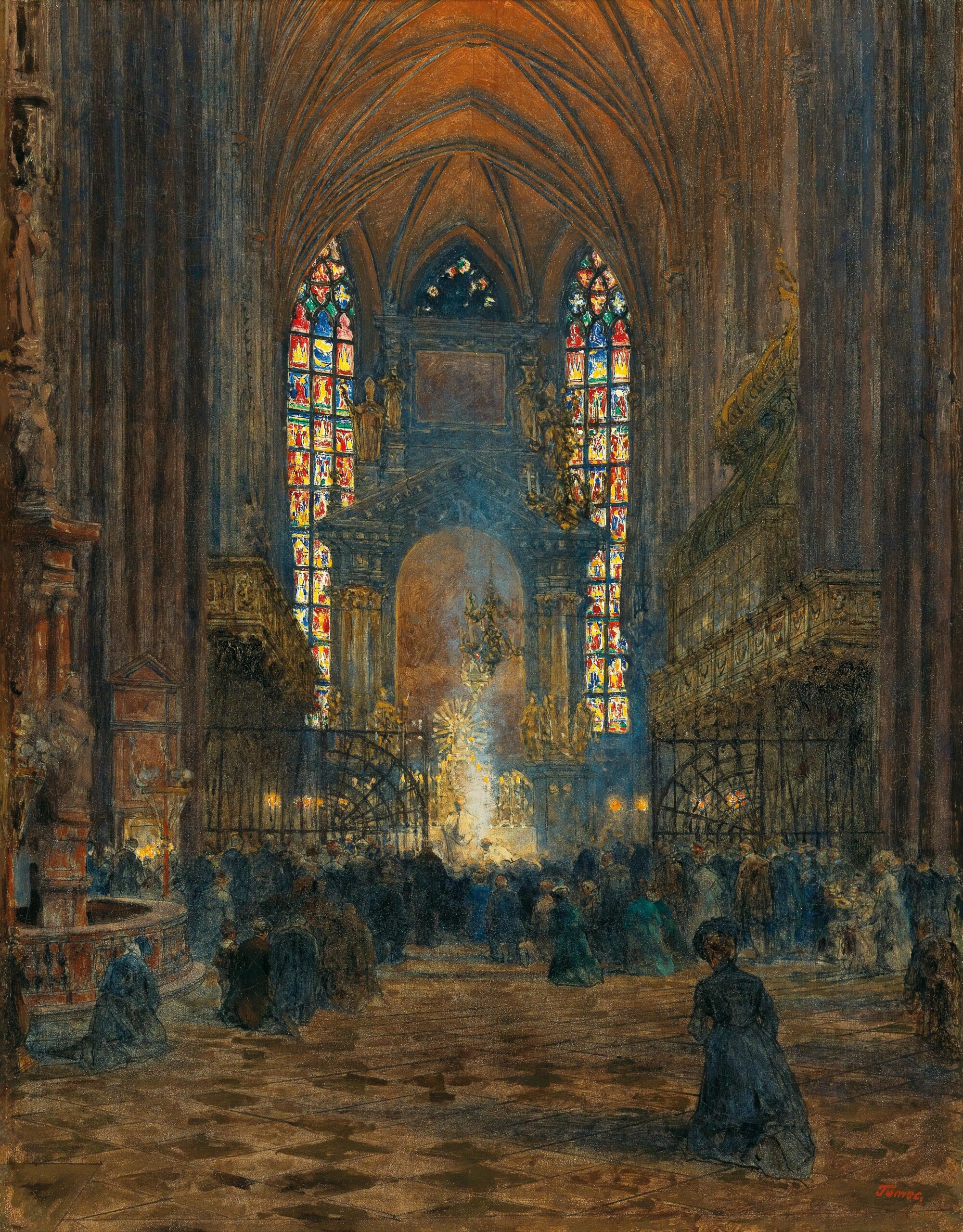This meditation was taken from The Road to Calvary: Daily Meditations for Lent and Easter. Here, Saint Alphonsus Liguori reflects on the burial and resurrection of Jesus Christ.
Jesus came into the world, not only to redeem us, but by His own example to teach us all virtues, and especially humility and holy poverty, which is inseparably united with humility. On this account He chose to be born in a cave; to live, a poor man, in a workshop for thirty years; and finally to die, poor and naked, upon a cross, seeing His garments divided among the soldiers before He breathed His last; while after His death He was compelled to receive His winding-sheet for burial as an alms from others. Let the poor be consoled, thus seeing Jesus Christ, the King of heaven and earth, thus living and dying in poverty in order to enrich us with His merits and gifts; as the Apostle says, For your sake He became poor, when He was rich, that by His poverty you might be rich. For this cause the saints, to become like Jesus in His poverty, have despised all earthly riches and honors, that they might go one day to enjoy with Jesus Christ the riches and honors prepared by God in heaven for them that love Him; of which blessings the Apostle says that eye has not seen, nor ear heard, nor has it entered into the mind of man to conceive what God has prepared for them that love Him.
Jesus Christ, then, rose with the glory of possessing all power in heaven and earth, not as God alone, but as a man; wherefore all angels and men are subject to Him. Let us rejoice in thus seeing in glory our Savior, our Father, and the best friend that we possess. And let us rejoice for ourselves, because the resurrection of Jesus Christ is for us a sure pledge of our own resurrection, and of the glory that we hope one day to have in heaven, both in soul and in body. This hope gave courage to the holy martyrs to suffer with gladness all the evils of this life and the most cruel torments of tyrants. We must rest assured, however, that none will rejoice with Jesus Christ but he who is willing to suffer in this world with Him; nor will he obtain the crown who does not fight as he ought to fight. He that strives in a wrestling is not crowned unless he has striven lawfully. At the same time let us be sure of what the same Apostle says, that all the sufferings of this life are short and light in comparison with the boundless and eternal joys which we hope to enjoy in paradise. Let us labor the more to continue in the grace of God, and continually to pray for perseverance in His favor; for without prayer, and that persevering, we shall not obtain this perseverance, and without perseverance, we shall not obtain salvation.
O sweet Jesus, worthy of all love, how have You so loved men that in order to show Your love, You have not refused to die wounded and dishonored upon an infamous tree! O my God, how is it that there are so few among men who love You with their heart? O my dear Redeemer, of these few I would be one! Miserable that I am, for my past life I have forgotten Your love and given up Your grace for miserable pleasures. I know the evil I have done; I grieve for it with all my heart; I would die for grief. Now, O my beloved Redeemer, I love You more than myself, and I am ready to die a thousand times rather than lose Your friendship. I thank You for the light You have given me. O my Jesus, my hope, leave me not in my own hands; help me until my death.
O Mary, Mother of God, pray to Jesus for me.
ooo
This article is taken from a chapter in The Road to Calvary: Daily Meditations for Lent and Easter by Saint Alphonsus Liguori which is available from TAN Books.


